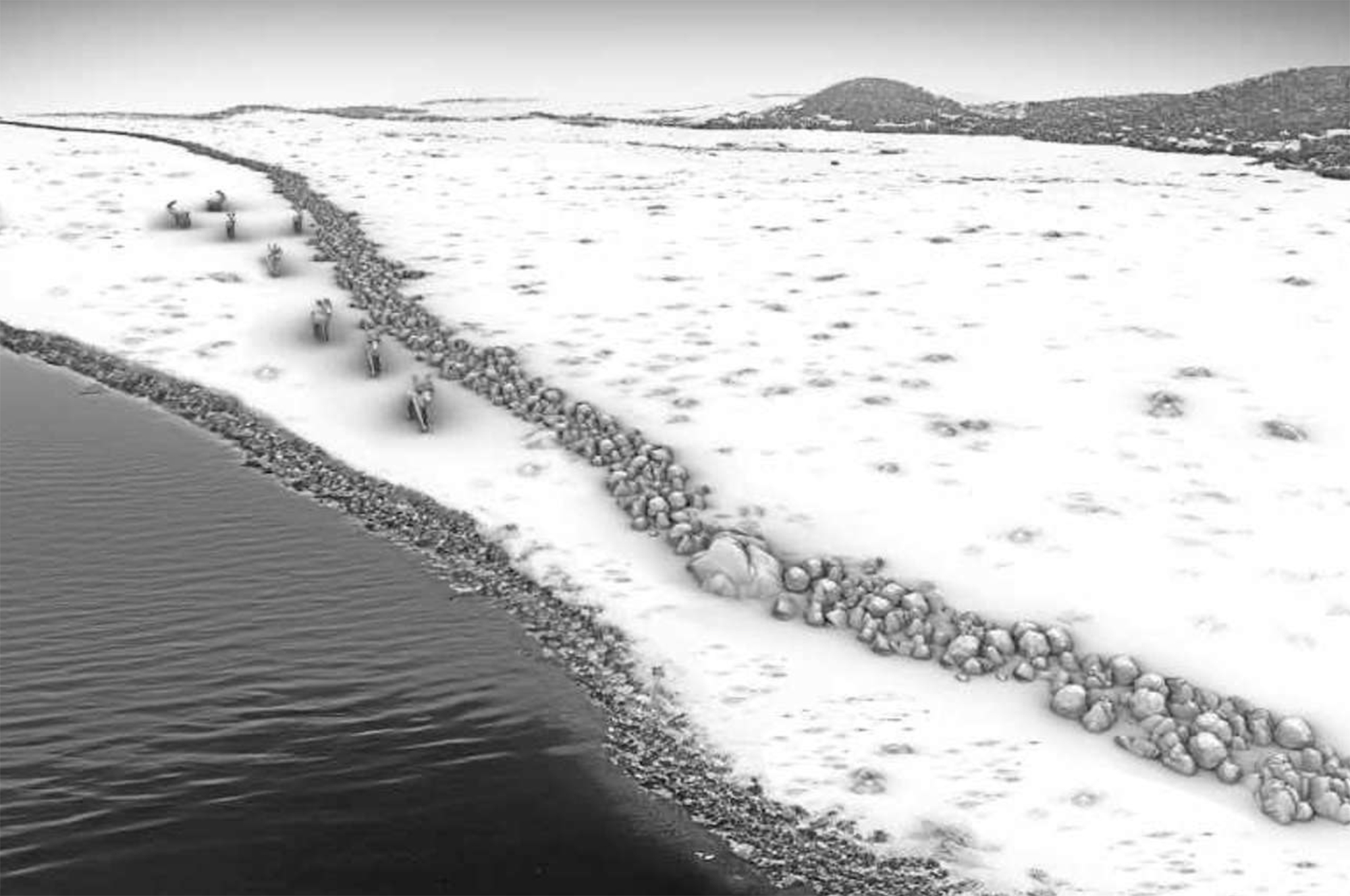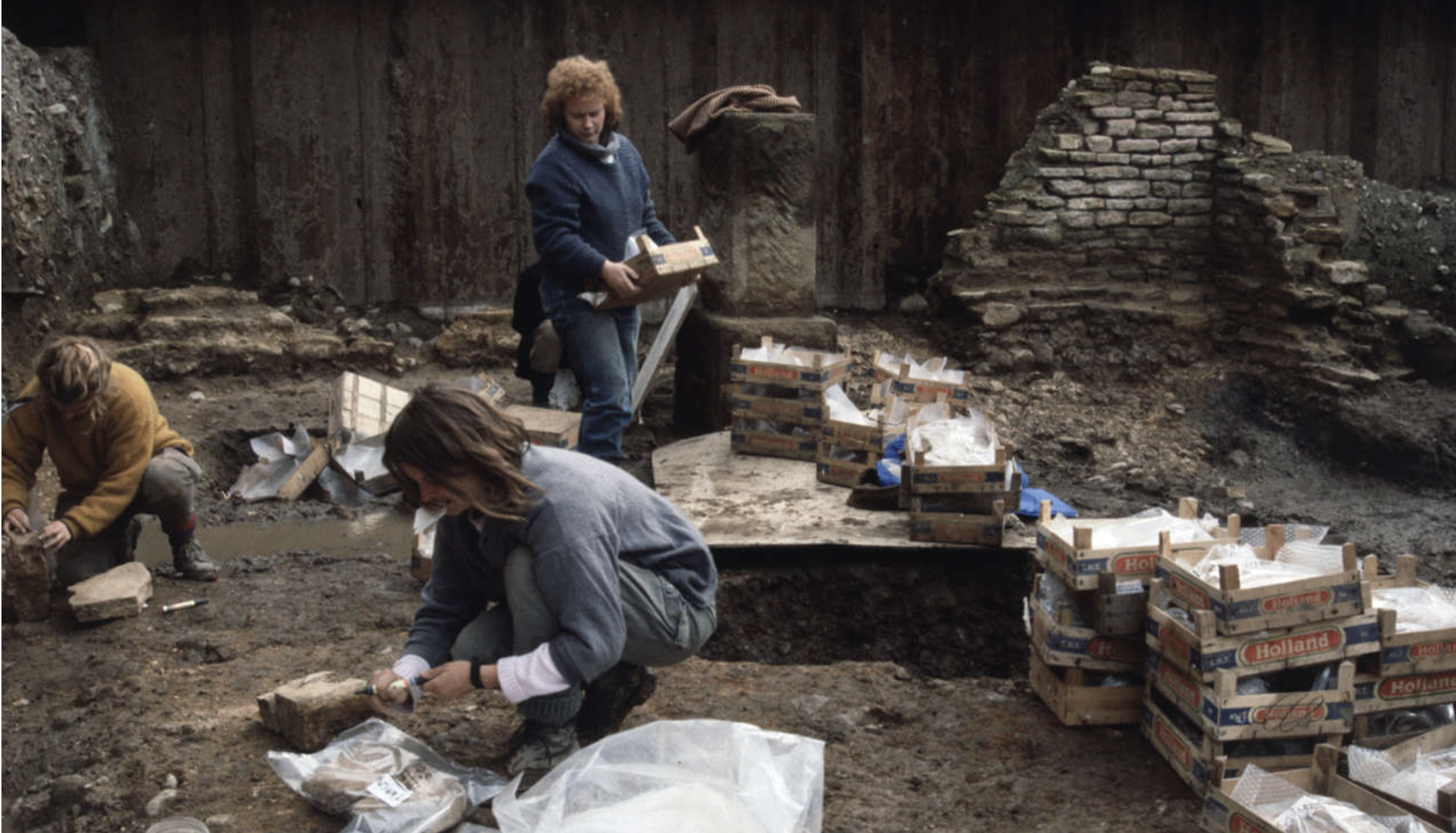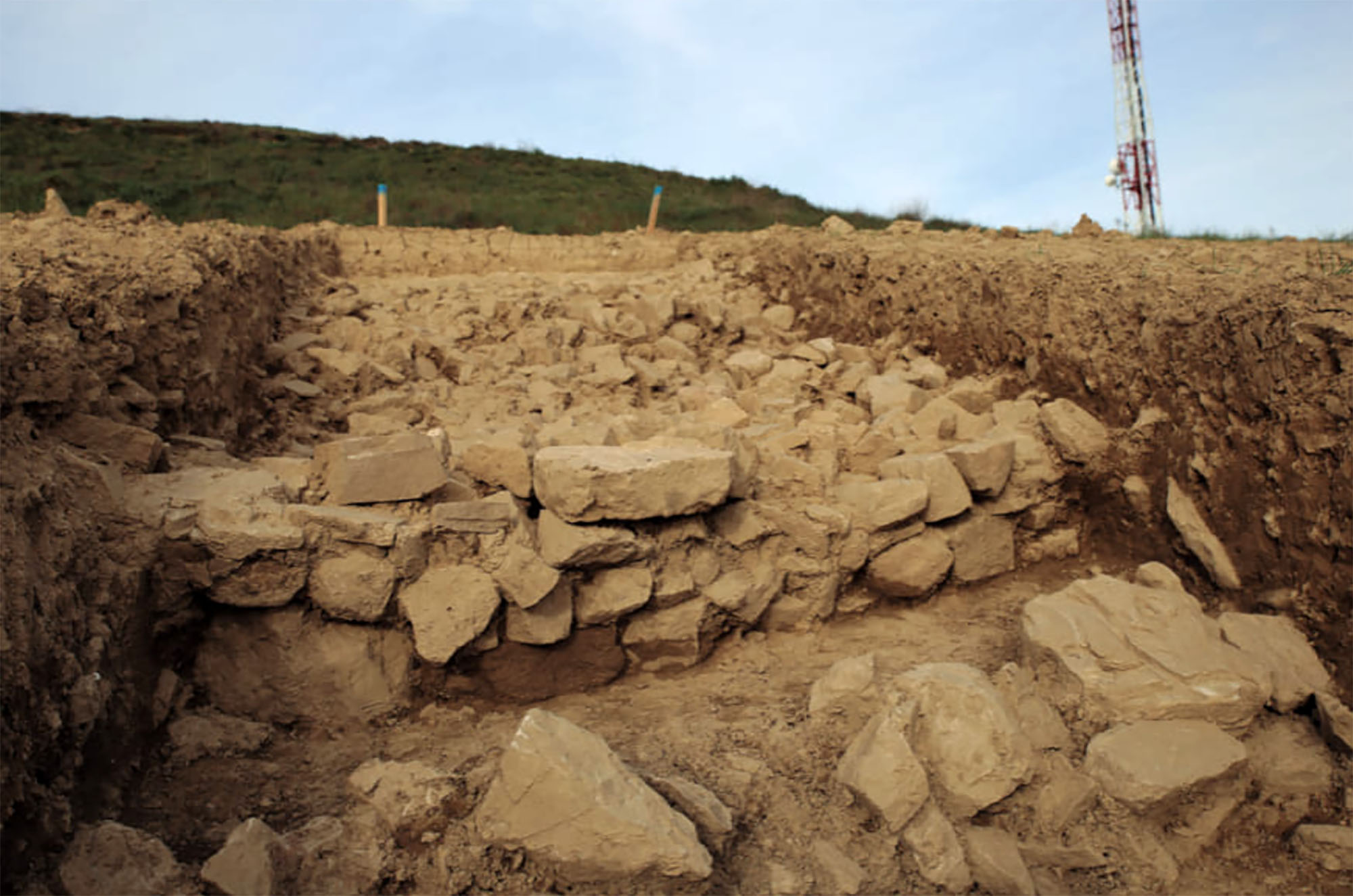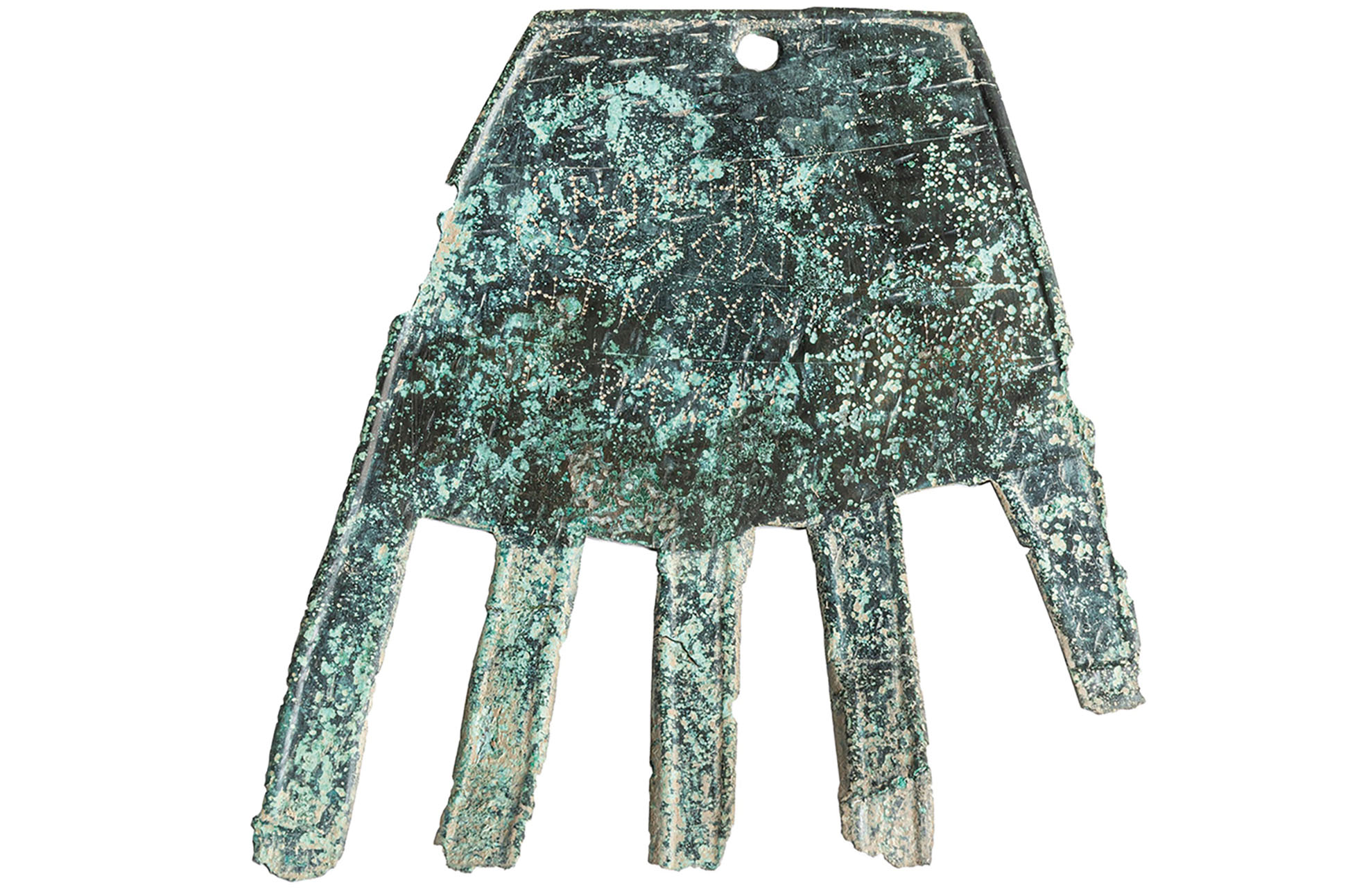Wall of 10,000 years

In the Gulf of Mecklenburg, in Baltic waters, archaeologists identified in 2021 a stone structure of almost a kilometre. Now a team of interdisciplinary researchers has published a study on the wall in the journal PNAS.
The structure is about 10,000 years old and has come to the conclusion that it is man-made. In northern Europe, a structure similar to that of this time has not been found and the discovery can provide new information on hunter-gatherer communities in the area.
But in the absence of other comparative examples, it is difficult for experts to interpret the role of the structure. However, they raise the first hypothesis that it could be a barrier delimiting the hunting area.
York, England, 2nd century. Various structures and houses were built in the Roman city of Eboracum. Among others, they built a stone building in the present Wellington Row and placed an arch in the wall that crossed the Queen’s Hotel. Both deposits were excavated in the second... [+]
Between 1992 and 2006, in the waters of Lake Bracciano of Rome, the site of La Marmotta del Neolitico was excavated early. They recently published in Plos One magazine a study on the five piraguas found there. It is estimated that the boats are between 7,000-7,500 years... [+]















